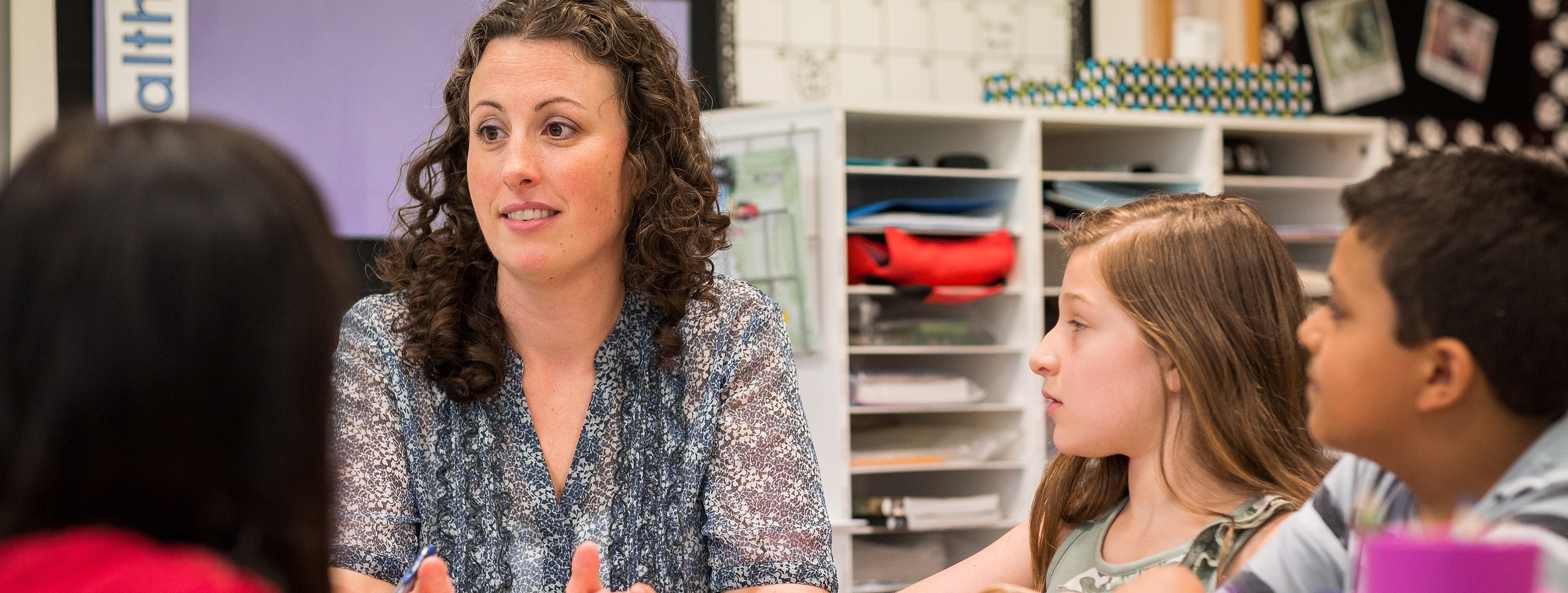
Wendy McMahon - March 15, 2018
Jennifer Serravallo has been guiding educators on how to help students become the best readers and writers possible for most of her career.
As a literacy consultant, speaker, former teacher, and New York Times bestselling author, she shares hundreds of reading and writing strategies with educators and students every day.
Over the course of two interviews with EdWeek’s Larry Ferlazzo, Serravallo shared some of her favourite reading and writing strategies which we have curated here for you.
These strategies were inspired by countless experts, cover a range of grade levels, and students can use them throughout their lives as readers and writers.
Now, let’s get to the strategies.
#1 Look for the author’s main idea
As Serravallo explains, in lower level non-fiction texts an author may state the main idea in a heading or topic sentence. But as texts get harder, readers need think more to figure out the main idea.
One of Serravallo’s favourite strategies for helping children find the main idea of a text is to ask them to:
- read the text
- think about the ‘what’ of the text (the topic)
- then think ‘so what’ about the topic to come up with the author's angle, slant or idea about the topic
#2 Talk about text features
Serravallo says teachers should encourage students to not just recognize and label text features in nonfiction, (i.e. sidebars and subtitles) but also talk about their content. “There's so much important information in the features and students need to learn to really read the features and connect what the feature is teaching to the information in the rest of the text,” explains Serravallo.
Here's how she explains this approach to students:
- read the main text
- think about what you learned
- look closely at the text feature
- think about what it's teaching you
- think about what from the feature is repeated information and what is new information
#3 Think deeply about characters
“I love teaching children to think deeply about characters because I think it helps them to better understand the people in their world, too,” says Serravallo. To help students in fourth grade through middle school think deeply about characters Serravallo likes using the following strategy:
- notice if the character's external actions are in or out of sync with the character's internal thinking
- consider what this says about the kind of person the character is, and what the character is really thinking or feeling
- ask yourself, "Who is this character, to others? Who does this character want to be?
#4 Stay engaged in writing
“I think it's important that we admit to kids that sometimes writing is hard,” says Serravallo. “And as writers, we need ways to block out distractions, keep our pencil moving or fingers on the keyboard and silence voices in our mind that might be telling us "that's not good enough" which can cause stall-outs.”
To give students strategies for staying engaged Serravallo first asks them to brainstorm a list of possible writing obstacles (i.e. I can't concentrate, I'm stuck, I don't feel like writing, I don't know how to spell a word, I forgot what I was planning to do today).
She then teaches students that writers are problem-solvers and works with the class to create a list of solutions to the problems. Such as:
- move your seat
- ask your partner for a quick conference
- check the word wall
- re-read your writing
#5 Compose with pictures
Instead of waiting to teach writing once children know letters and sounds or can write and spell high-frequency words Serravallo suggests starting the writing process early using pictures.
“Instead of waiting, we can teach children strategies for getting their thoughts and ideas down on the page by using pictures,” explains Serravallo.
Here’s how it works, ask students to:
- close their eyes and picture the story they're writing
- name what they see
- open their eyes and draw what was in their mind
- when they've drawn all they can, look back and ask themselves, "What was in my imagination that I don't see in my drawing?"
- add in any details that are missing
#6 Use content-specific vocabulary
A favorite strategy Serravallo has for informational writing is helping children use content-specific vocabulary.
“When children use good tier 3 vocabulary they will often assume their reader knows what it means,” she explains. “So I teach them that one of their jobs as a nonfiction writer is to teach their readers not only facts but also words relating to their topic.”
The strategy goes like this:
- look back through your draft for a place where you use an "expert word"
- then, add a partner sentence that either explains, defines, or compares so that you're not just mentioning the word but also teaching your reader what it means
Want more strategies to build your students’ reading and writing skills? Serravallo has gathered 600 to share through her books The Reading Strategies Book and The Writing Strategies Book.